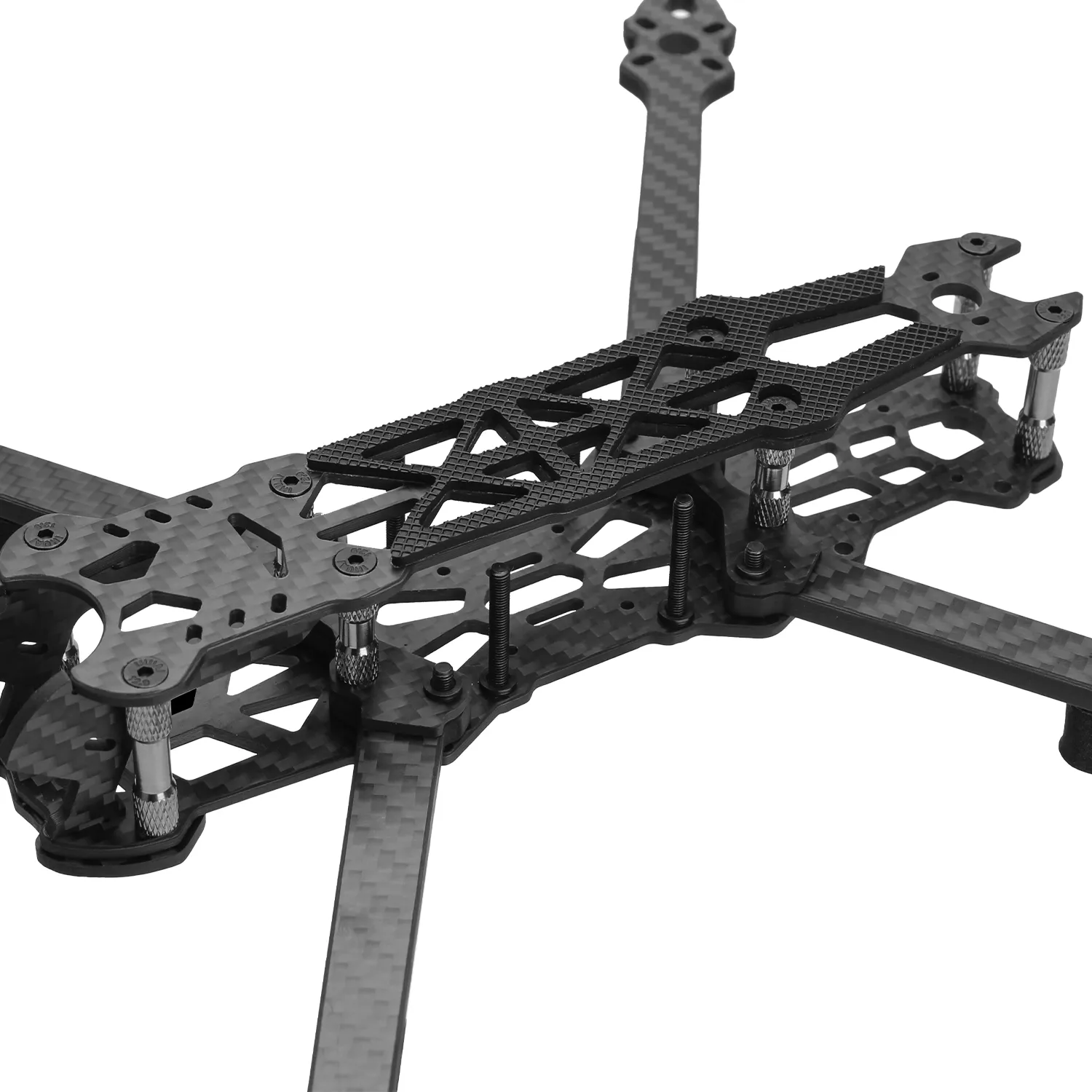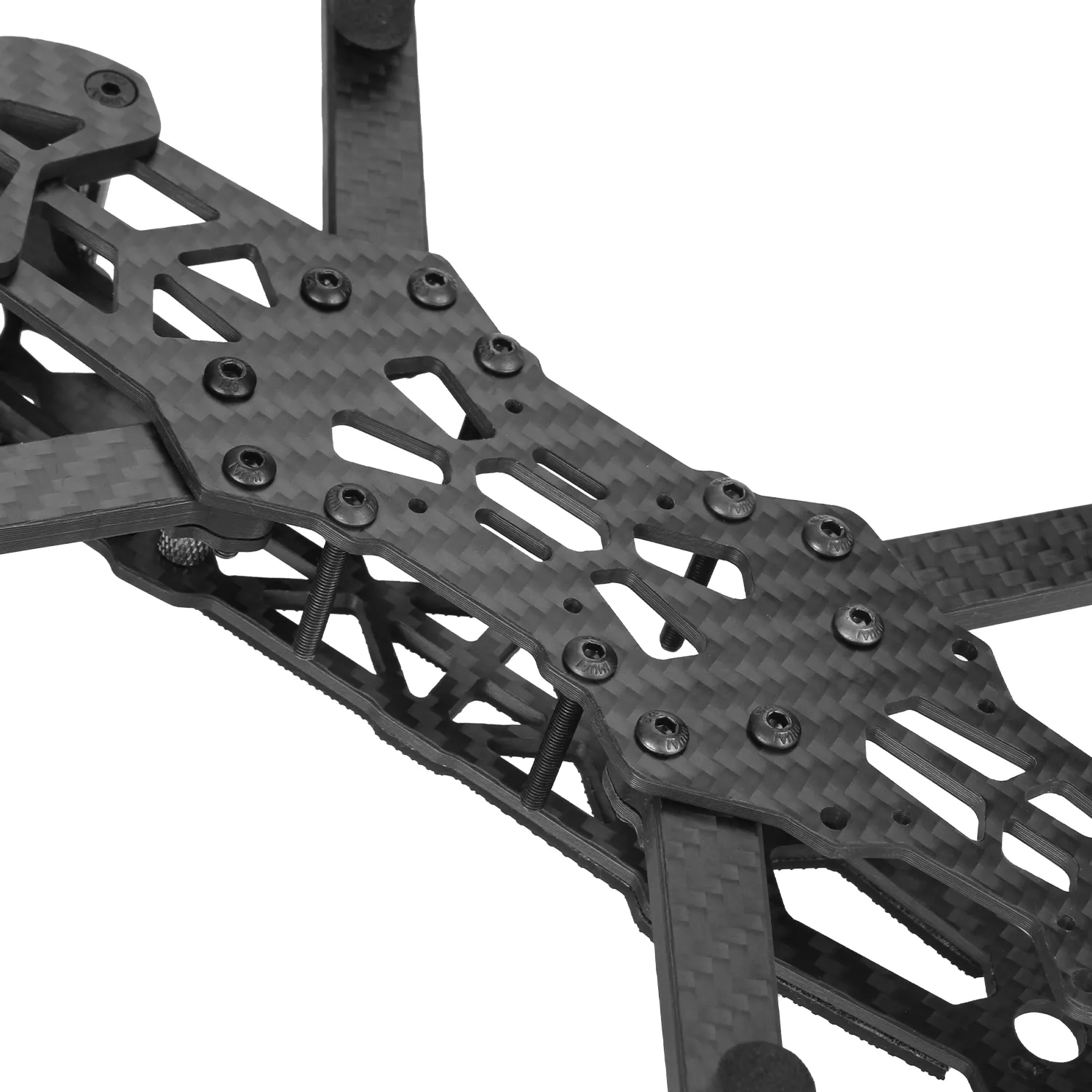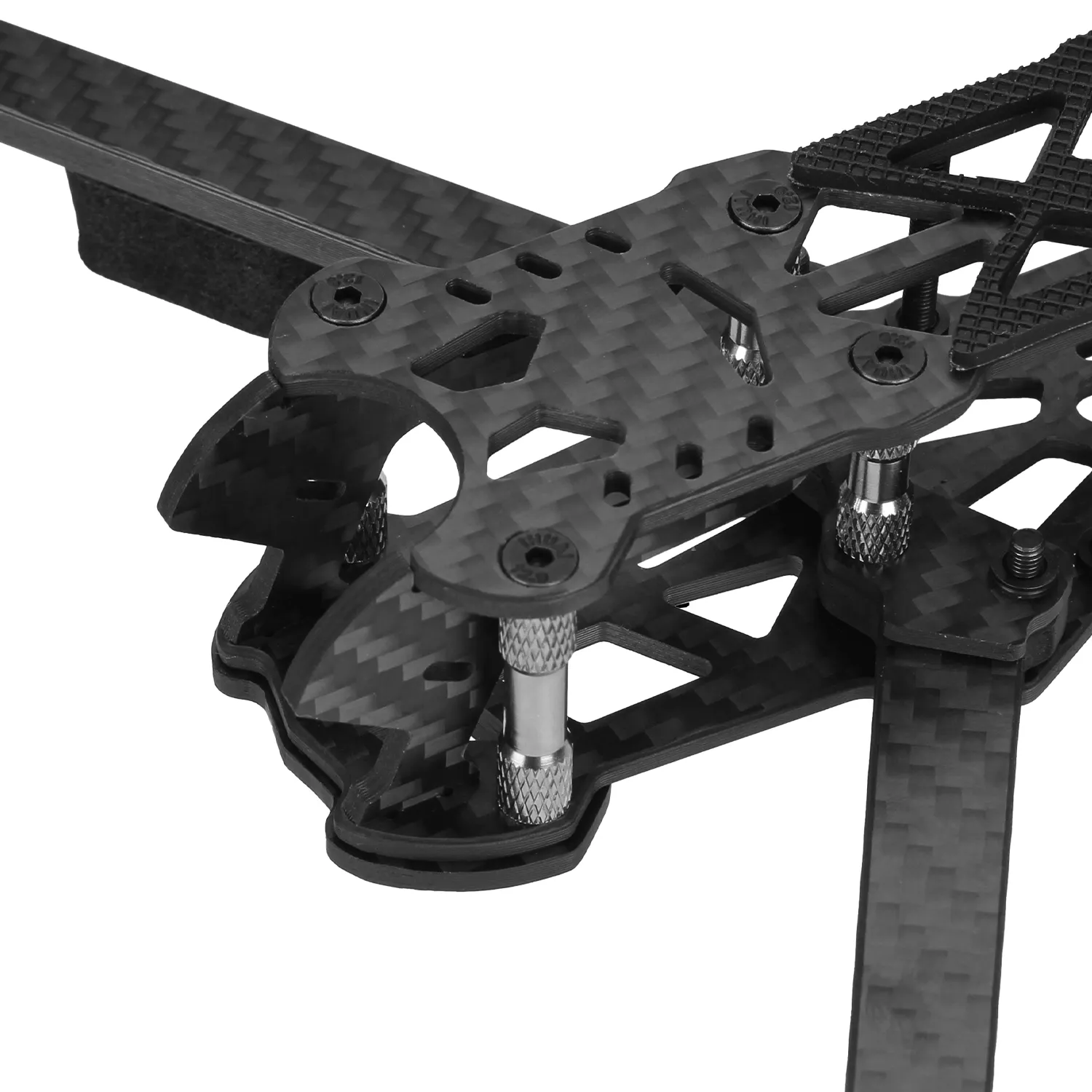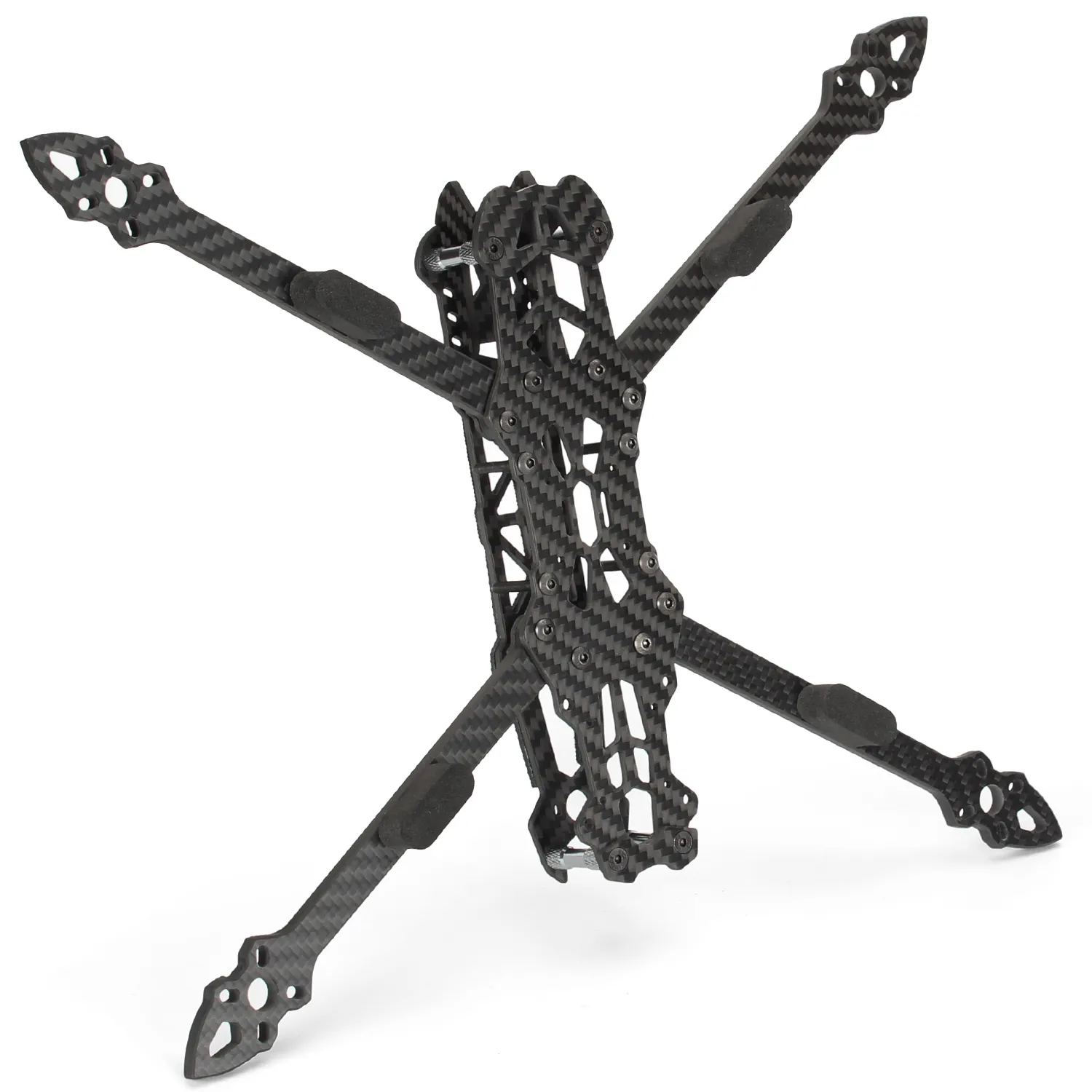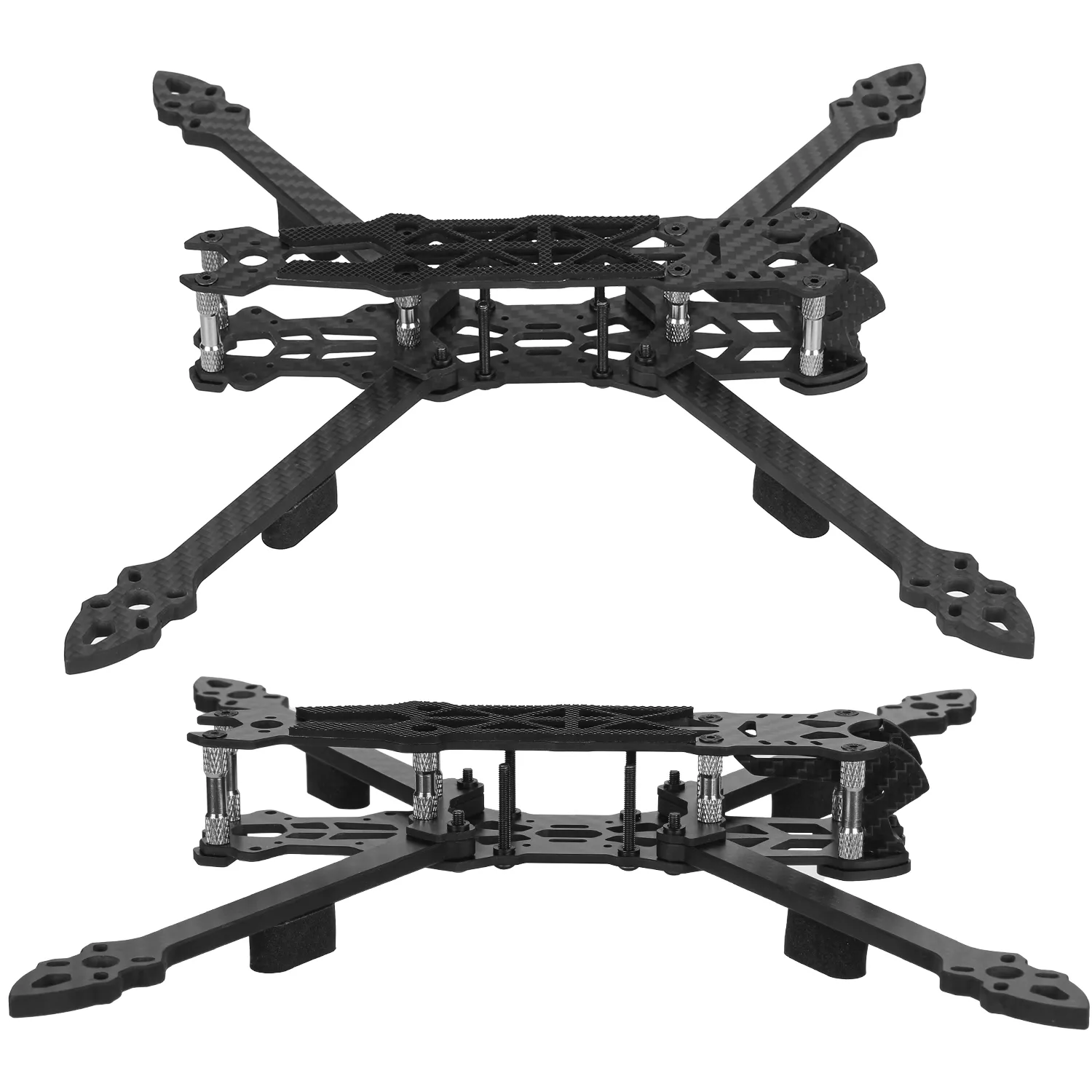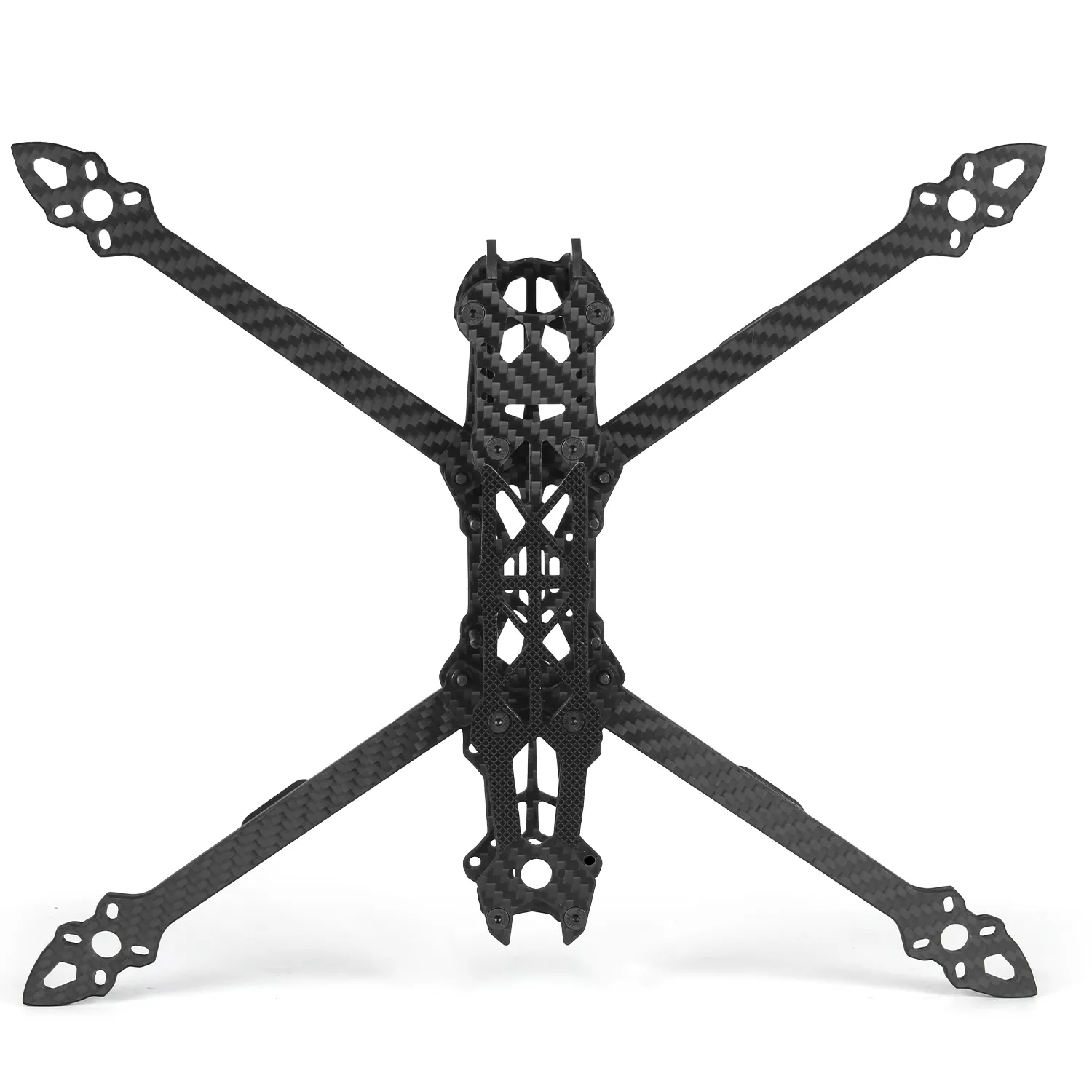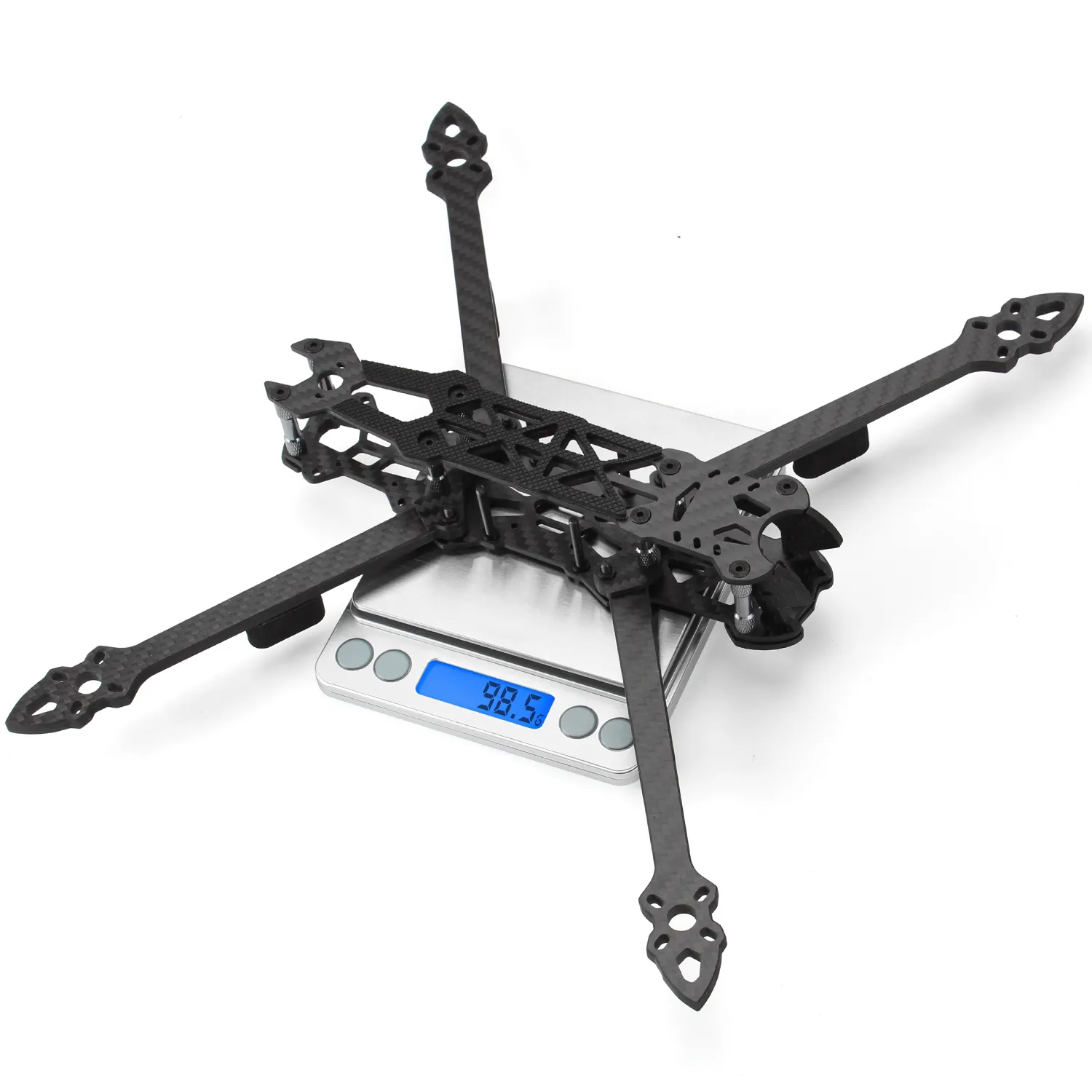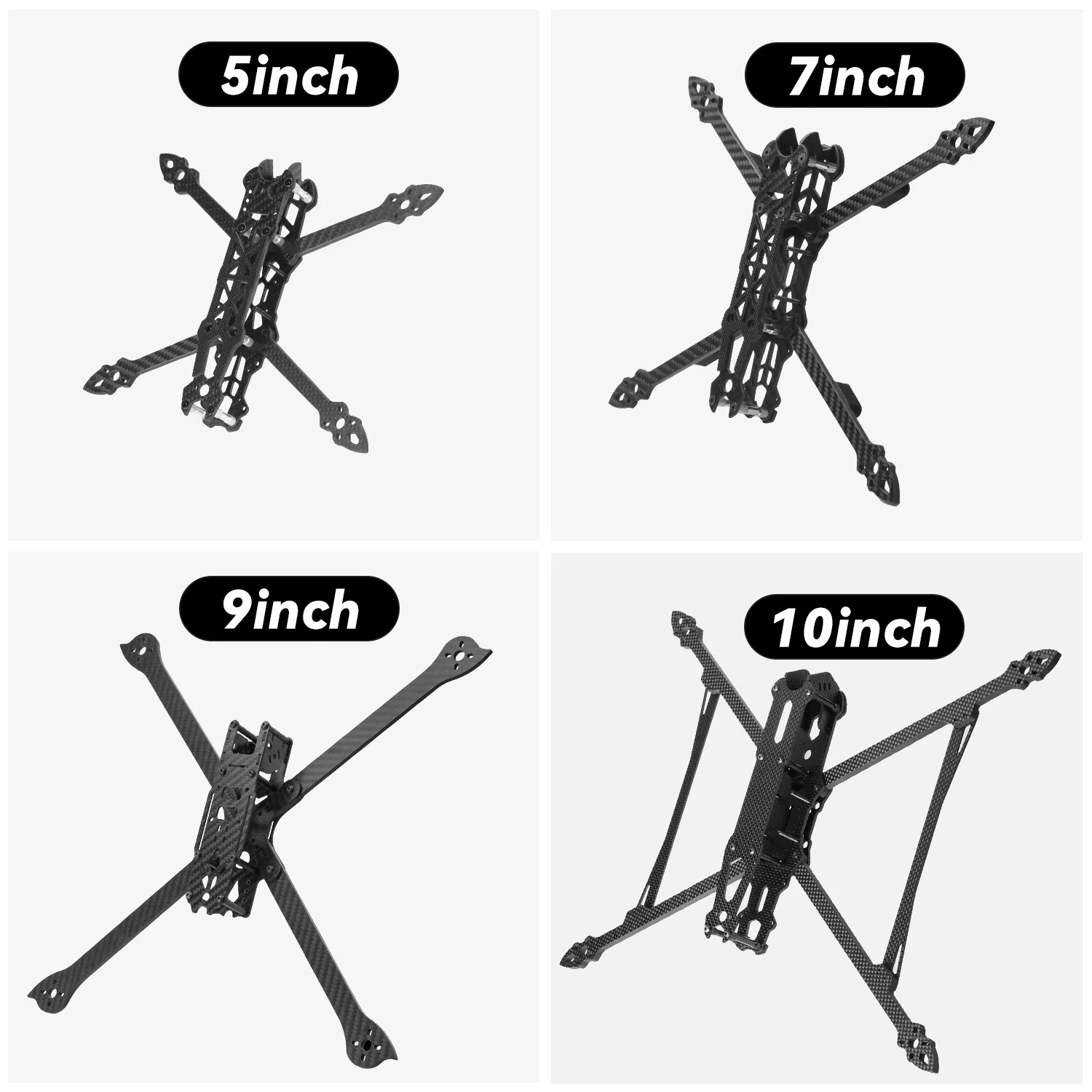 2024-09-11
2024-09-11
In the world of FPV (first-person view) drones, every detail matters in terms of flight experience and competition performance. The frame, as the core skeleton of the drone, is undoubtedly the key to performance and durability. Today, we will take a deep look at the FPV frame materials that create the ultimate flight experience and add a professional insight to your independent station post.
:rocket: Explore excellence: the lightness and toughness of carbon fiber
Carbon fiber, this term has almost become synonymous with high-performance FPV frames. Why does it occupy such a core position? First of all, carbon fiber is extremely light, which means your drone can sprint with faster acceleration and higher efficiency. Secondly, its excellent anti-twist ability and impact toughness ensure that the frame remains stable during high-speed crossing and fierce competition, giving pilots unparalleled control confidence. Choosing a well-designed carbon fiber frame is the only choice for pursuing extreme speed and precise control.
:metal: Powerful players: the balance of aluminum alloy
If you are looking for a material that balances lightness and cost-effectiveness, aluminum alloy frames are undoubtedly an option worth considering. Compared to carbon fiber, aluminum alloy provides good strength and corrosion resistance, while being more affordable. It is highly flexible in processing and is suitable for DIY enthusiasts who like to modify and continuously optimize their flight platforms. Although aluminum alloy frames may be slightly heavier, through clever design, it is still possible to create a stable and competitive drone system.
:earth_americas: Innovative choice: infinite possibilities of composite materials
As technology advances, more and more composite materials are being introduced into the manufacture of FPV frames. These new materials are designed to achieve better performance by mixing different ingredients, such as enhanced vibration absorption to improve the stability of camera images, or provide an extra layer of protection to resist accidental impacts. Explore these innovative materials and you may find the next trend-setting FPV frame solution.
:bulb: Considerations beyond materials
Of course, choosing the frame material is only the first step to building the perfect FPV drone. Reasonable layout design, excellent manufacturing process and compatibility of accessories are equally important. Excellent heat dissipation solution, convenient maintenance and good support for various flight control systems are all additional criteria for evaluating whether a frame is excellent.
